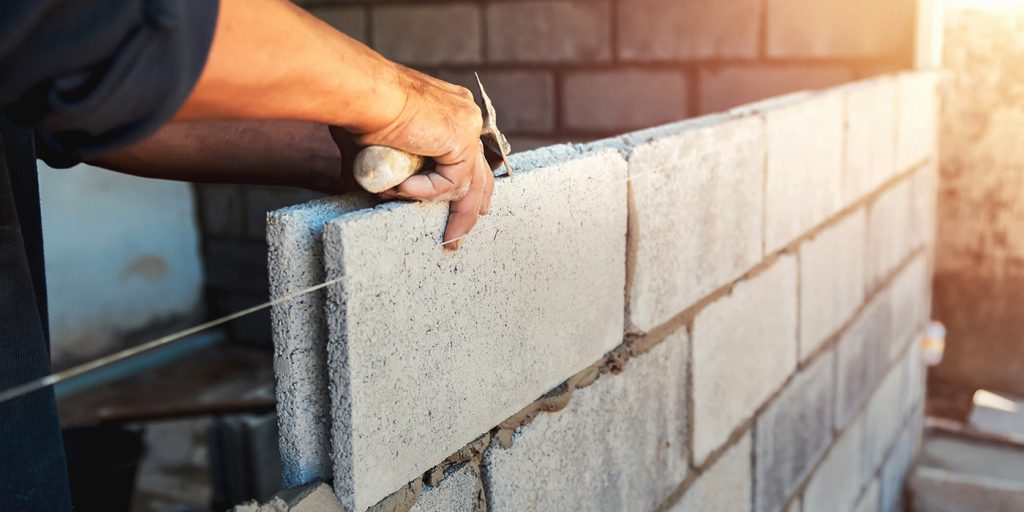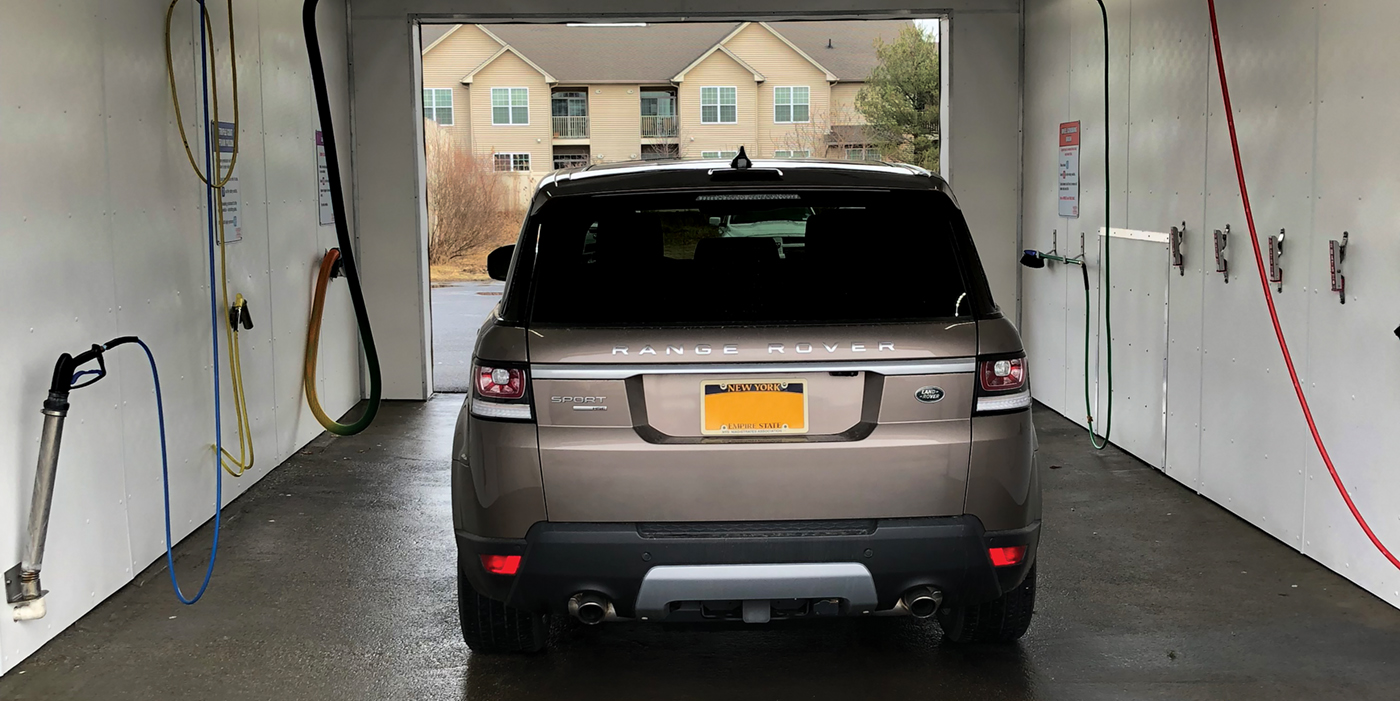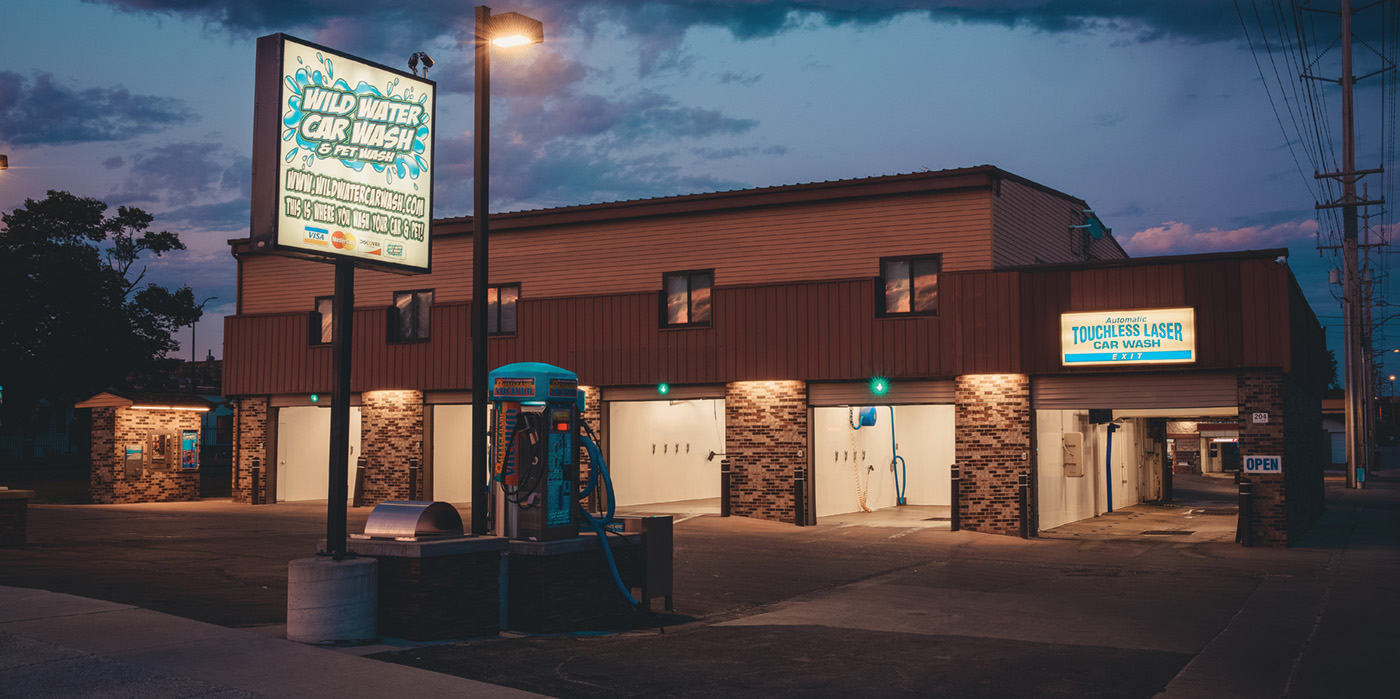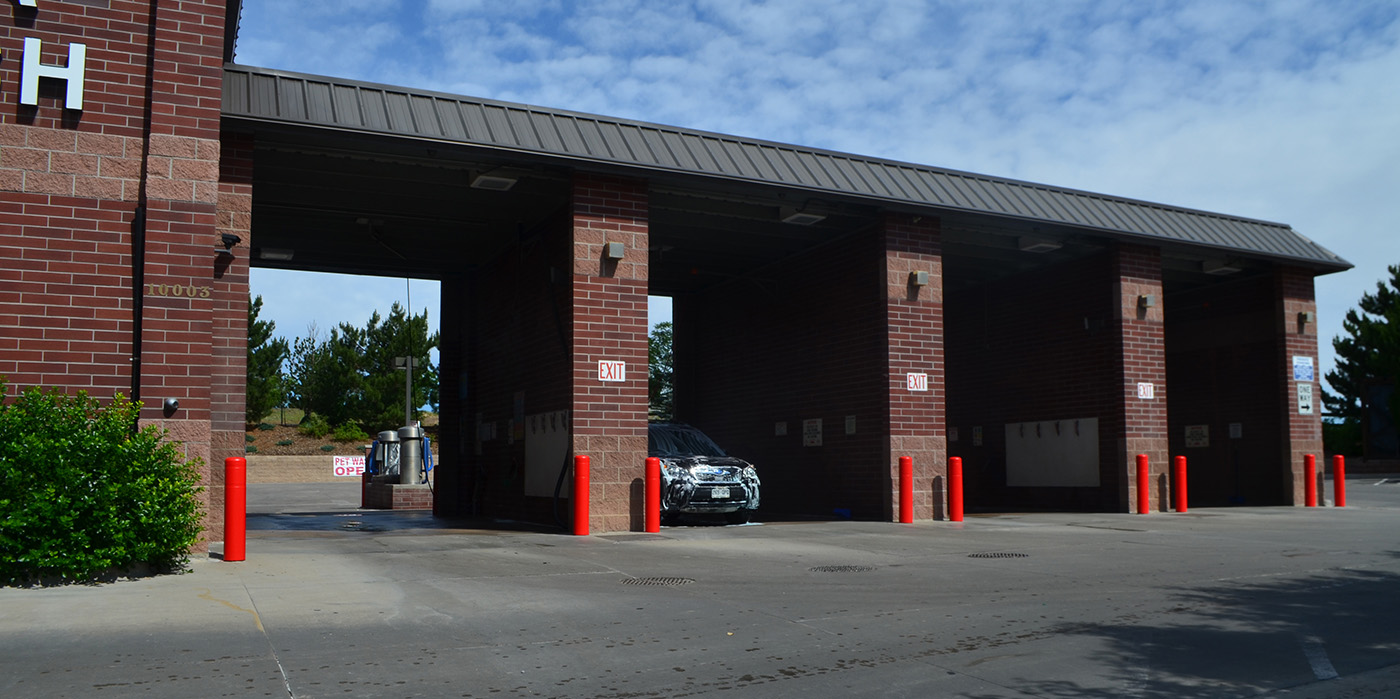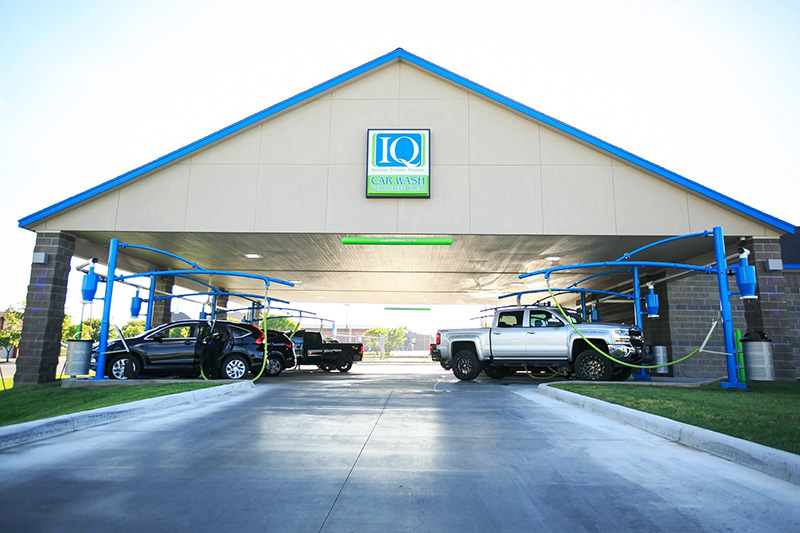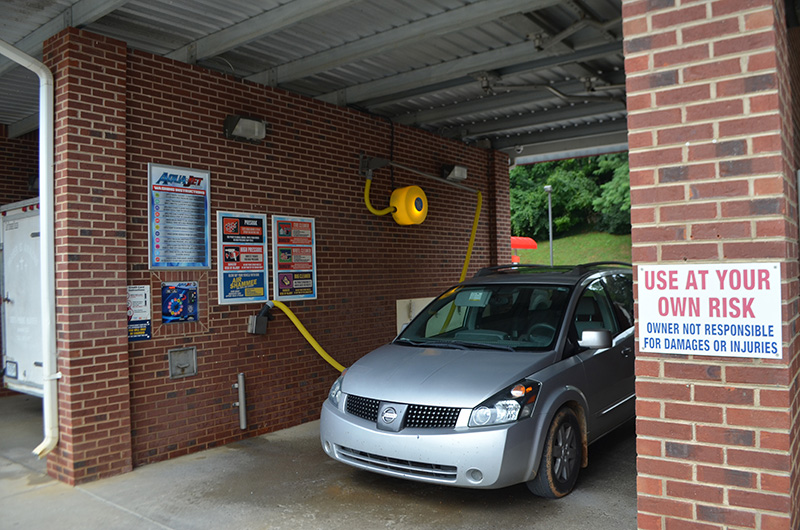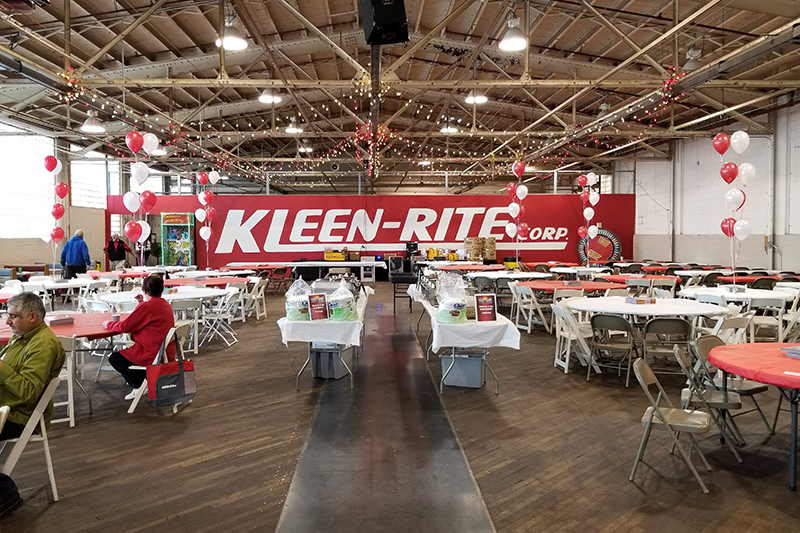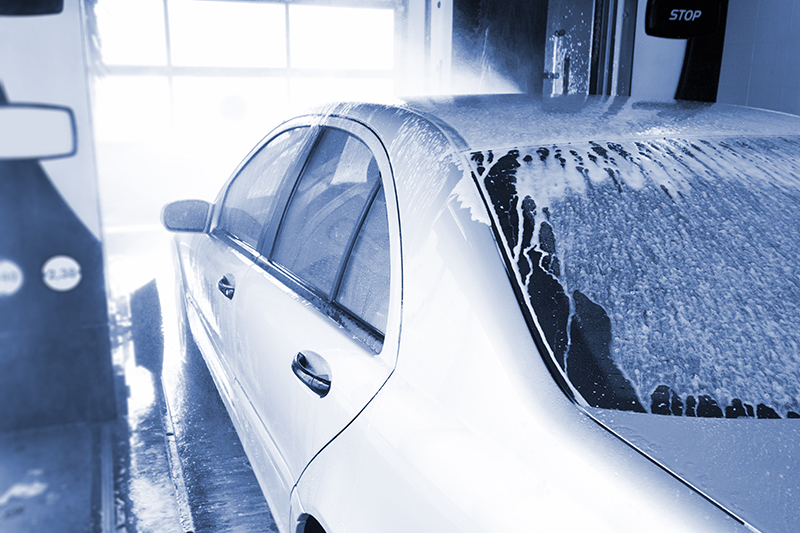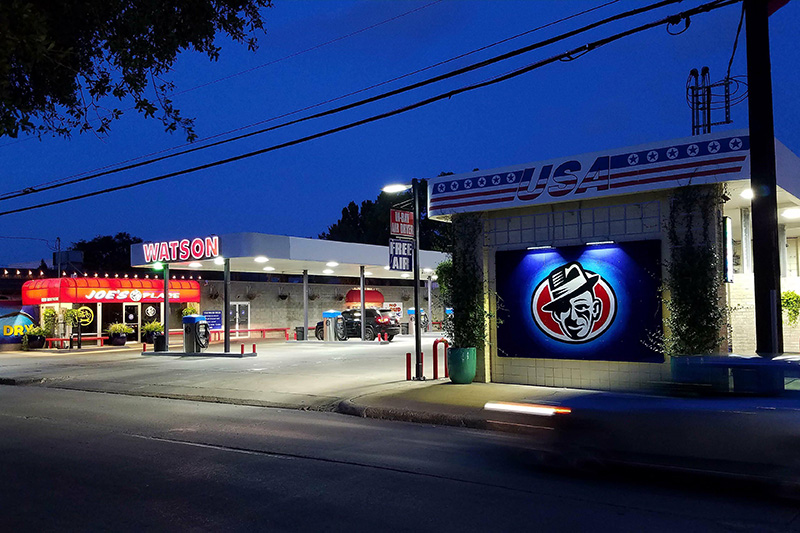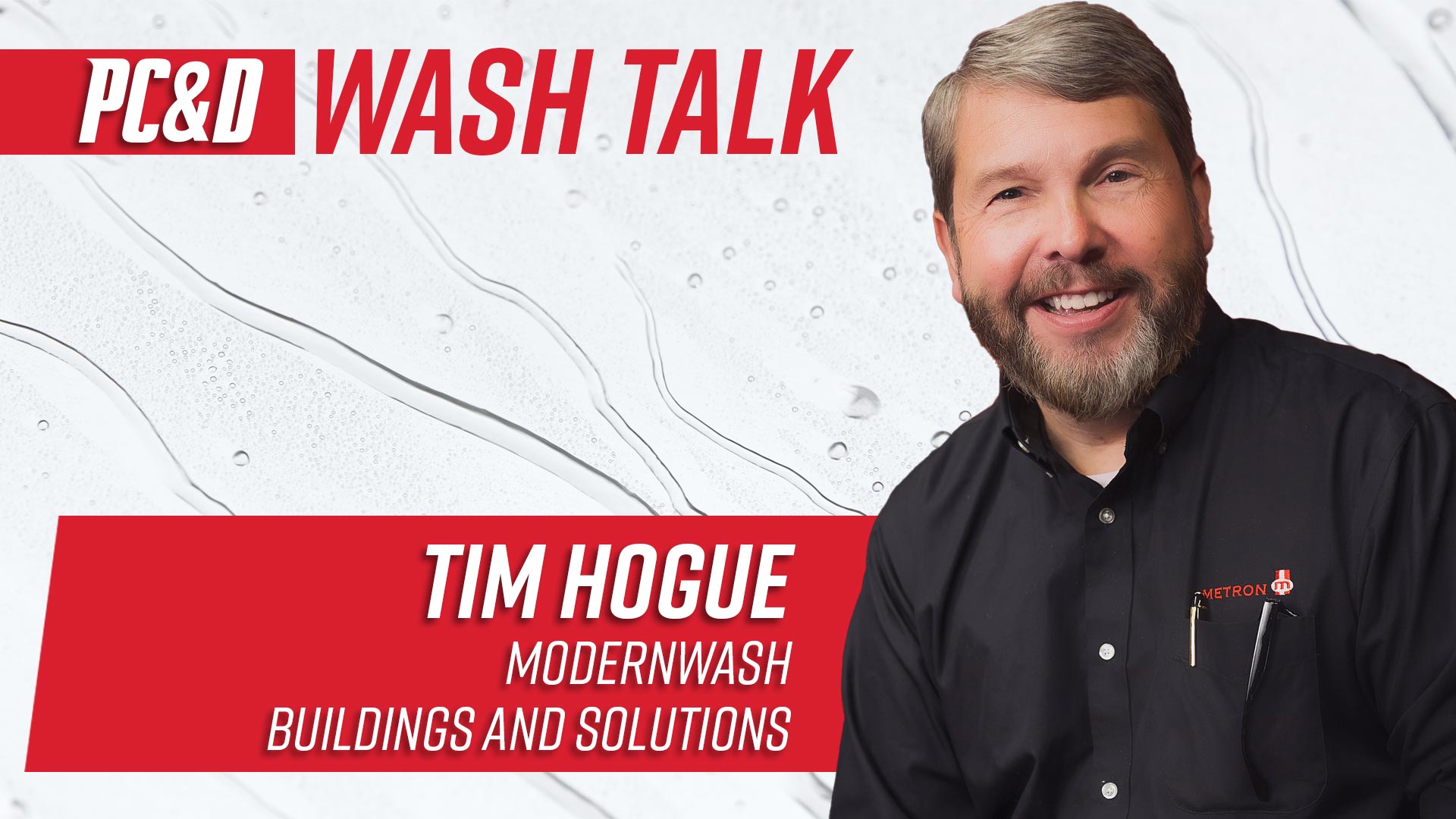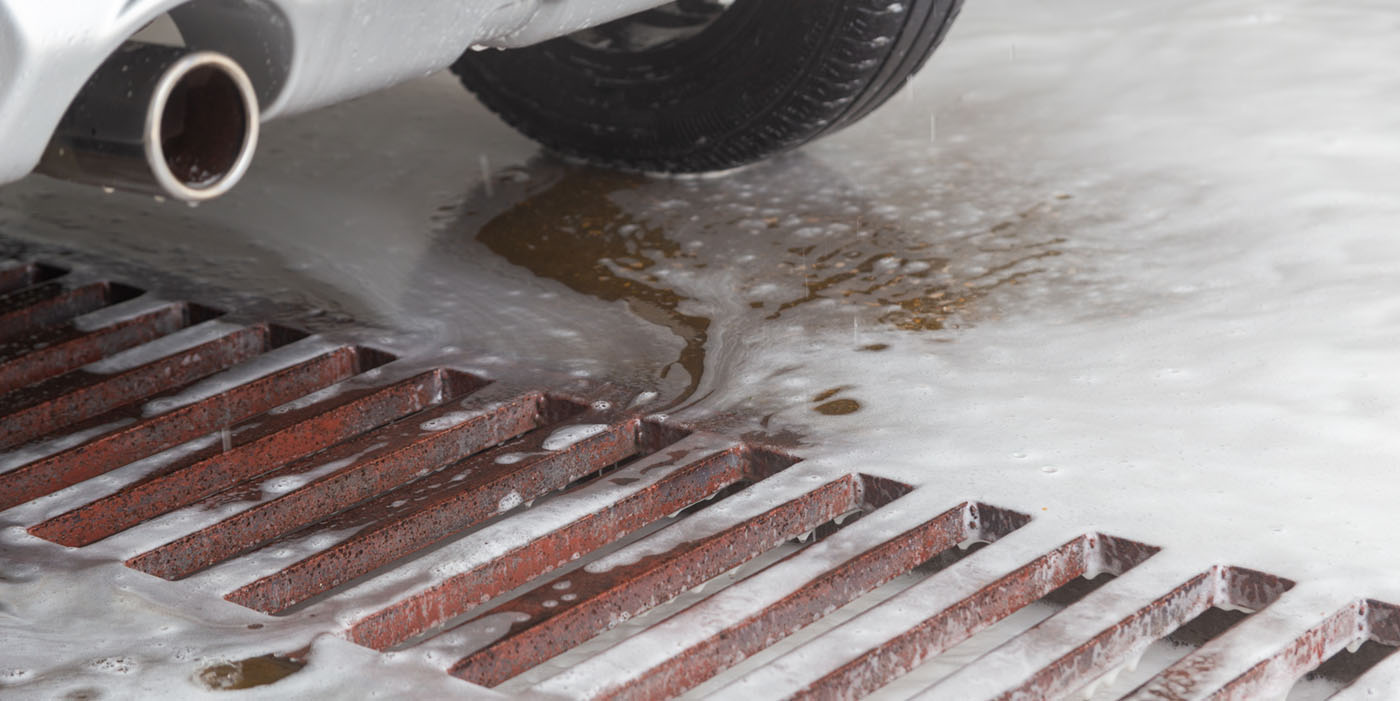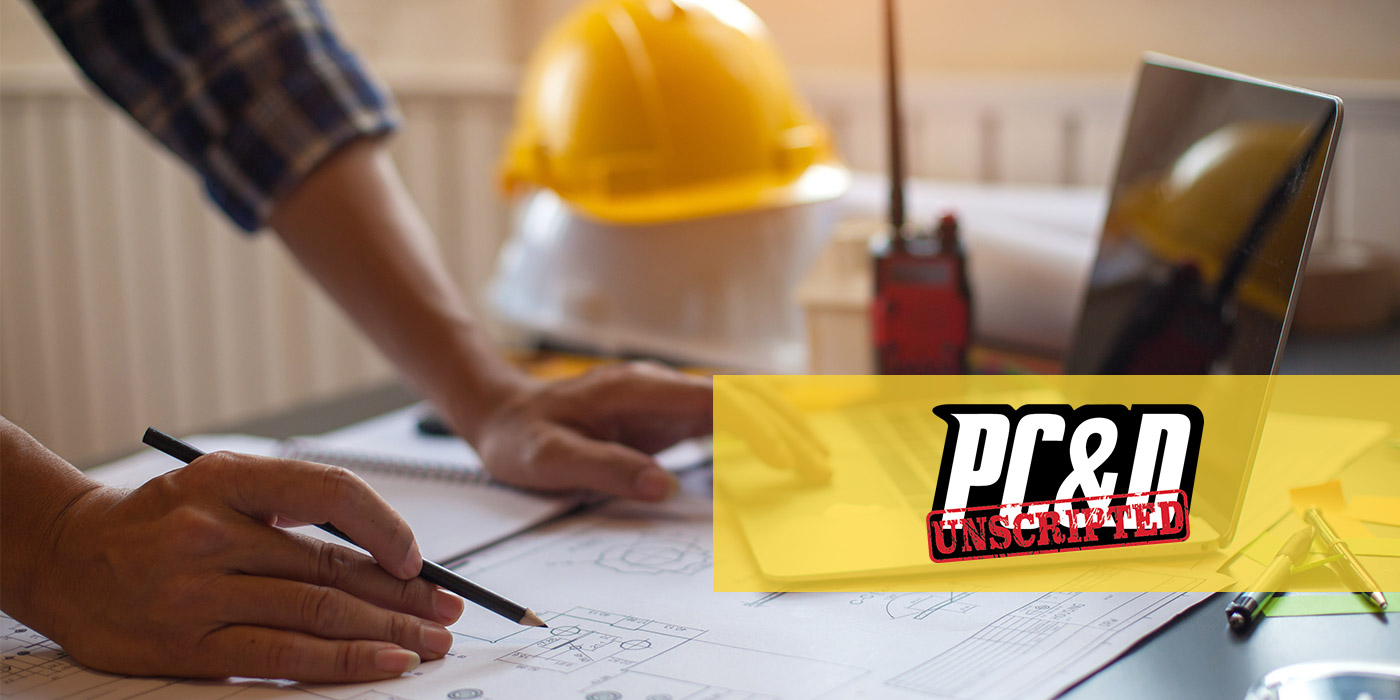Our research shows that more people are washing their cars at professional carwashes these days. Combined with the surge of unlimited wash club programs, this trend has led to more volume at carwashes across the country. However, due to the nature of the wash process, only one wash format can effectively handle multiple cars with the same equipment in a steady stream, leading many operators to prefer the conveyor format when looking to handle high volume and process more cars. Still, for some self-serve operators, making the switch to an in-bay automatic (IBA) may be preferred as an easier and cheaper transition.
Related: Wash Talk Ep. 11: The Potential of IBAs
Regardless of the information that follows, if you are currently operating a self-serve location and the site is effectively serving its customers and providing positive returns for you, it is not recommended to change for the sake of changing. In fact, if you operate a self-serve or IBA wash and conveyors start popping up in your area, you should see it as a competitive advantage and a way to serve customers that also prefer these wash formats.
For others who are seriously looking to make the switch, we spoke with some leading experts on the topic, and they offer tips on how to make a seamless conversion.
Why switch?
In most cases, when looking to make sound business decisions, owners should think before they act.
So, what are some telltale signs for self-serve operators on why it might be time to redesign their sites to either an IBA or compact tunnel?
Our experts agree on the first revealing sign: a dip in revenue.
The explosion of express exterior conveyor washes across the nation has challenged older formats to keep pace. Therefore, when a slide in revenue occurs at a self-serve location, owners should look at the area and see if customers have any new carwash options.
“Today, when an express tunnel opens close to a self-serve wash, a good portion of the younger customers will move over for the convenience and time savings of the express,” confirms Lawrence Stovall, president of AutoBrite Co. “You may also see a decrease in your older clientele; with age, some of these tried-and-true customers will move to the easier carwashing experience of the express or IBA that is near to their home.”
Focusing on the bigger picture of the community and its key metrics can also help your decision-making process. Many self-serve locations are older and have been a staple in their respective communities for decades. But, has the clientele and community landscape changed since the grand openings of these sites? Chances are they probably have and, in many cases, significantly.
If you need another reason why, experts say it’s financially irresponsible for self-serve operators to not consider a switch to an IBA or mini tunnel carwash these days.
“Many self-serve sites have not been updated to include more modern amenities, including credit card acceptors, the ability to start the wash using an app on a smartphone, [an] updated look to the wash site, dryers in the bays, on-site tire shine applicators, mat washing machines and other market-leading technologies,” explains Kipp Kofsky, president of Arcadian Services LLC. “The owner/operator must evaluate the costs and benefits of making these investments in the site compared to adding an IBA or converting to a mini tunnel.”
Even if your self-serve site is profitable, insiders recommend completing your research into a conversion to understand the potential of the decision. Outside of basic vending offerings and paid vacuums, which are viable profit centers, most self-serve locations are challenged to produce additional streams of income from other services or products. Your research into an IBA or compact tunnel conversion may show promising returns from wash club revenue, upselling and additional profit center potential.
“Who would not want to explore ways to generate more income? Understanding there may be further capital investments involved, businesses are always moving either financially forward or backward,” asserts Trent Walter, owner/CEO of National Pride Equipment and Car Wash Superstore.
Your research may also show that the costs to convert are less than you think. As mentioned, many self-serve locations have been fixtures in their communities for decades. According to Walter, many municipalities’ zoning standards list carwashes as conditional use or non-permitted, even in commercial areas. As a result, long-standing self-serve washes are “grandfathered” into the current zoning code and can be converted without needing additional permitting.
“While upgrades may have to go through an architectural review board, this is a much easier path than a new operator trying to get into the market,” adds Walter.
Conversion cost analysis
After building a solid case to make a conversion from self-serve to IBA or tunnel, the next logical inquiry is, what are the steps involved? Kofsky’s initial steps include a site analysis for traffic flow, an understanding of the competition, researching local demographics and a pro-forma financial analysis in order to determine the viability for a profitable site.
While adding an IBA or converting to an exclusive IBA carwash is straightforward in most cases, converting a self-serve site to a mini tunnel is more complex.
“The major items coming into play include local zoning; current bay sizes; driveway space to stack vehicles; flow of traffic and potential rerouting; equipment room location; equipment room size; power and water requirements on the site, as these may need to be upgraded; and so on,” says Kofsky, adding that equipment will also dictate whether or not the existing bay is suitable for a conversion, otherwise adding to construction costs.
Another significant consideration when looking to convert from a self-serve location to a compact tunnel is the type of conveyor you are planning to install. Fortunately for interested operators, there are now alternatives on the market that can help to alleviate some of the associated costs.
“A traditional over and under conveyor will need serious trench work, which can be expensive. The conveyor belt systems available on the market will need less groundwork because of the simplicity of the pit necessary as compared to the traditional conveyor,” notes Stovall, adding that operators should also consider water reclamation and compare the costs of aboveground tanks versus in-ground tanks.
Operators should also focus on other key areas outside of equipment costs. Feasibility of the conversion must take into account utilities, building size, local approvals and permits, site layout and re-branding costs as well.
“The initial thought may be how much money will the equipment upgrade cost, but in fact that may not be the most expensive part of the redesign,” warns Walter.
When it comes to utilities and building size, Walter suggests pondering these questions:
- Will the site’s existing utilities support such an upgrade?
- Do you have a large enough water tap for the increased volume/usage?
- Does your current electrical service support the additional load of the equipment?
- Does your existing bay have sufficient space for a conversion?
- If space — width, length and height — is an issue, is extensive construction needed to make the conversion?
“All of these factors must be taken into consideration throughout the due diligence process,” says Walter.
Avoiding the pitfalls
Researching the steps needed to make a conversion can help show if the switch is worth it for your location and its customers. Performing proper due diligence can also help set realistic expense estimates and goals if you were to decide to move forward with the project. But, even the most rigorous research will not uncover some hidden or unexpected costs along the way. As a result, it is vital to enlist the help of consultants and experts in the field during the entire process.
“Logistically, challenges with this type of conversion lie in the details,” explains Walter. “Working with a distributor that has completed the process from A-Z may help expose unexpected costs. The best way to keep from running into unexpected costs is to work with an experienced distributor and/or manufacturer that can help vet pitfalls and expose all costs to complete the upgrade.”
An operator looking to convert to an IBA or tunnel should not try to force a conversion if it doesn’t make sense for the location. In fact, cutting corners in site layout and design will only lead to the opposite outcome from making the switch. Customers will get frustrated quickly if the site is not easy to enter, navigate through and exit.
The first challenge in the redesign, notes Stovall, is traffic flow and stacking. “Sometimes,” he adds, “in order to facilitate this, the carwash owner may have to take down a bay or two and may have to reconfigure the vacuum area. Proper entrance and exit of the site can usually be fixed through modification of the wash bay and vacuum areas as well.”
While the current trend in the carwashing industry is automation and processing large volume, self-serve operators should not set false expectations and talk themselves into a switch. If the current lot is not accommodating to a conversion, it is a smarter business decision in the long run to sell or lease the property and find another lot that is more suitable to the type of wash you would like to operate.
Just as a vibrant, free-flowing and busy carwash can breed more activity, a cluttered or empty carwash can have the reverse effect on potential customers.
“Some people put false expectations into a site only to be disappointed and place themselves in a hole after making a significant investment,” reveals Kofsky. “Also, choosing wisely what equipment to put in is critical. Oftentimes, putting in a machine that isn’t pleasing to the customer’s eye or has poor performance can harm the upgrade project altogether, resulting in a downgrade, in a sense, due to customer expectation not being met.”
Remember you’re not the first or the last self-serve operator that is considering a wash format change. Other operators with experience can help you identify whether or not the project is worth your time and investment. Ultimately, however, the decision will be yours to make, and crunching the numbers and setting realistic expectations is vital to the success of the conversion.
Walter concludes with some pointed advice. “As a best practice, when all the numbers associated with the project are on paper, take out 20% of the expected revenue and add 10% to the capital investment. Does the project still work? Don’t get caught in the emotion of doing the project. Even if funds have been spent to collect information, it’s easier to walk away from a few thousand dollars than be stuck with a couple hundred thousand spent and a conversion that is not paying the bills,” he warns.
Still, for those who make an educated and successful conversion to IBA or mini tunnel, the return on investment has the potential to be quite significant over time.

